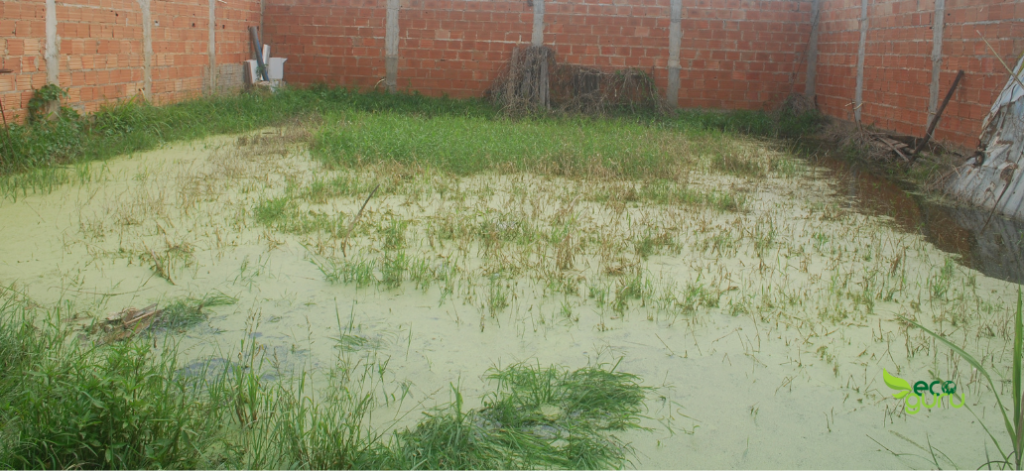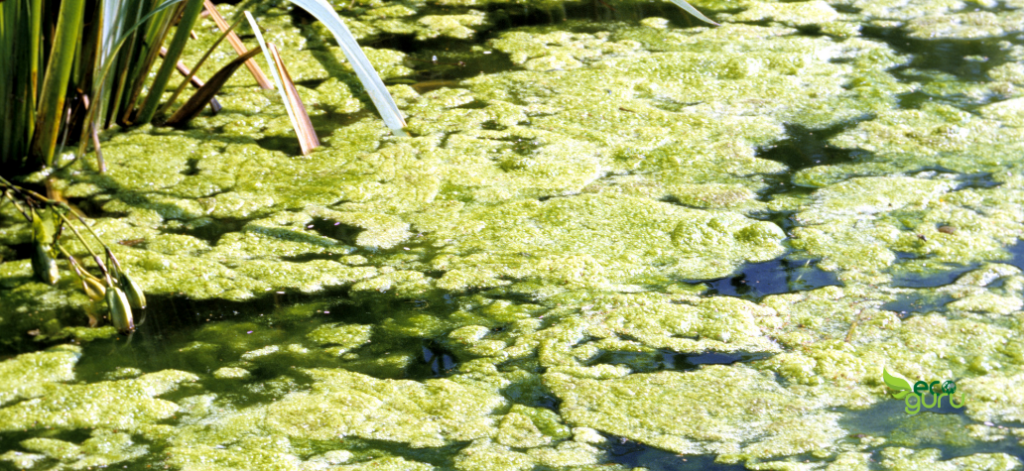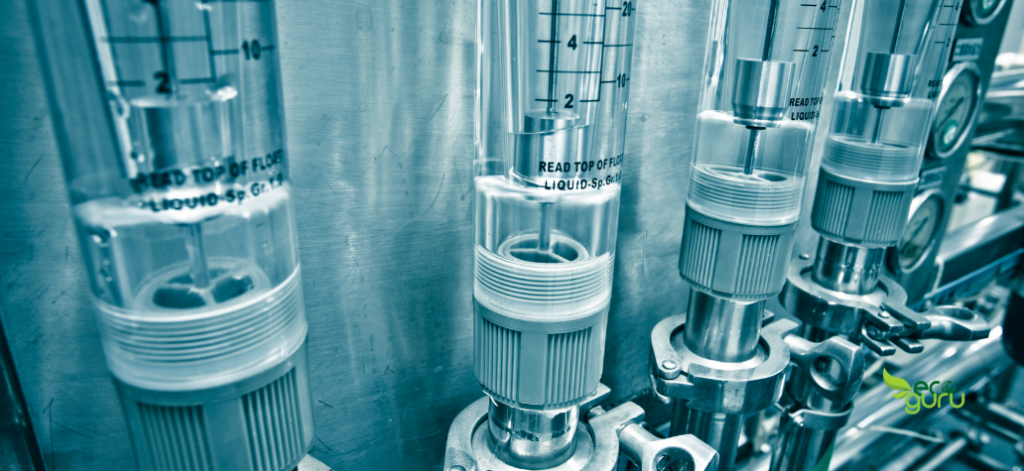Crucial 9 Mistakes to Avoid When Harvesting Rainwater
Rainwater harvesting is a great way to solve the water crisis problem being faced by many Indian districts. It is also a great practice for you if you want a free and clean water supply at your home.
To know all about rainwater harvesting you can visit here. Or visit here for a step-by-step guide for setting up a rainwater harvesting system.
But if you are looking for mistakes to avoid when harvesting rainwater, then read on for more information.
Mistakes to Avoid when Harvesting Rainwater
#1. Spending Too Much Money to set up The System

Among the biggest mistakes to avoid when harvesting rainwater is making the setup expensive by adding unnecessary features. Many people make the system too complicated than they need to meet the intended purpose of water harvesting.
Let’s say your intended purpose for water harvesting is to water plants in your garden. In this case, you won’t need to set up a fancy system with underground pipes, filtration, or pumps. You can simply collect water in rain barrels, old tubs, or a few tanks here and there. With just a basic setup, you could take good care of your garden.
Depending upon your needs for rainwater, your rainwater harvesting system will become complex and complicated. Don’t think that you can’t build an inexpensive or simple rainwater harvesting system. You just need to understand your needs for rainwater harvesting and then invest in minimal requirements to get going with rainwater harvesting.
#2. Mosquitoes Breeding

Second, the mistake to avoid when harvesting rainwater is to let mosquitos breed in the rainwater you collected. This could become a serious problem if it results in a mosquito-borne disease breakout. To avoid such a problem, you can either put in the fish that feed on mosquito larvae. Or simply keep the barrels covered to avoid mosquitos from breeding in them.
Alternatively, you can put oil in water that would form a layer over the water and avoid the breeding. You can also use these mosquito dunks in water that can help you kill the mosquito larvae before it breeds and become a disease-carrying mosquito.
If you are going to use water for your garden, you can keep fish in your catchment tanks to avoid mosquito breeding and keep the water clean and safe.
A wire mesh screen can be a brilliant solution for all other uses as it will not only keep the mosquitos away but also keep dirt, leaves, and debris from getting into the barrel.
#3. Not Cleaning the Gutters Regularly
Placing barrels or setting up the entire system for rainwater harvesting would be of no use if you don’t put in enough effort to keep the gutters clean. Neglecting the essential efforts of cleaning the gutters will sabotage all your efforts. If even after heavy rains you don’t collect enough water to meet your needs.
Gutters or drain pipes can get filled with leaves and debris over time and don’t allow the free flow of water. And in case there is some flow of water, it would be dirty and not useable for most applications.
#4. Not Rinsing The Roof With First Showers
To keep the collected rainwater clean, you must flush off the first shower of rain. This will ensure that the collected rainwater is free from debris, dirt, or animal feces. The water collected after the first flush is free from all sorts of contaminations.
You can use the first flush devices that are useful in flushing off the water collected in the first showers. For better results, you need to attach the first flush attachment to every drainpipe outlet.
The rinsing of the roof is important if you are going to use water for your consumption. But if you need to use the harvested water for watering plants then the first flush can be avoided.
#5. Let Algae Grow

The water in containers can easily get contaminated with algae. Which are essentially small plants that depend on the sun to grow. If growth is not controlled, it can affect the quality of the water collected. Excessive algae growth will also cause trouble in the filtration process. As it will block the filters and make the filtration difficult.
The simple solution is to cut the access to sunlight to the water by covering it. Or you can paint the inside of your barrel tank black to cut the light. These simple solutions will cut the light from getting inside the tank and stop the photosynthesis process. Alternatively, you can also keep fish that feed on algae for their food needs.
#6. Inefficient Way Of Moving Water From Storage Containers
Another one of the critical mistake to avoid when harvesting rainwater is not installing a proper system for moving water out of storage. Many beginners feel happy when the rain barrel or tank gets full of water after the rainfall. But the problem arises when they have to use buckets or cups to take out the water for use.
It is entirely fine to remove water by buckets, but it will become hard over time to perform this task. An efficient way to remove water would be to install a pipe system that works with the power of gravity to move water. If that is not possible, you can use small pumps to take out the water from tanks to places where needed.
#7. Setting Up Quite A Small System Than Required
You must start small, but don’t go too small that you regret your decision later on. If you place 10 liters container below your drain pipe, it will overflow in just five minutes of heavy rain. So, make sure you get water storage of substantial capacity.
Figure out the area you have and the requirement of water you have over the dry period. Then design your storage while keeping that in mind. Make sure you collect enough water and don’t regret it when all your storage just gets filled up within the first hour of rain.
#8. Drinking Water Without Purifying

The water collected using a basic rainwater harvesting system is ideal for watering the plants. But if you want to use the collected water for drinking or cooking purposes you need to purify the water. The impurified water can result in water-borne diseases.
You can boil the water and let it cool to room temperature before consumption. Or you can use RO purifiers to clean the water of impurities. This ensures that all sorts of impurities are removed from the water before you consume it.
#9. Not Harvesting Rain
Biggest of all mistakes to avoid when harvesting rainwater is to not harvest rainwater at all. If you don’t harvest the rainwater you are going to miss out on collecting the free and abundant resource pouring down from the sky. The rainwater is the purest form of water, that is best for your garden than the chlorinated municipality water.
Act now and start capturing the water that is falling from the sky. And become a water independent person while also helping in recharging the groundwater.
When you start water harvesting you will never run out of water.
Conclusion
Rainwater harvesting is among the best water conservation method. But the entire system needs regular maintenance and care to get maximum benefits. You must take care and keep the gutters clean from debris. And make sure that there is no mosquito breeding or algae formation in your storage containers.
Also, make sure you do a complete assessment of all your requirements from rainwater and the resources you have at your disposal. Put in efforts in planning and designing the system to avoid any problems when your rainwater harvesting system receives its first rain.
If these mistakes are avoided you will always have an unlimited supply of water at your disposal. Which you can use as you wish either for watering plants or for your own consumption.


Comments
Comments are disabled for this post